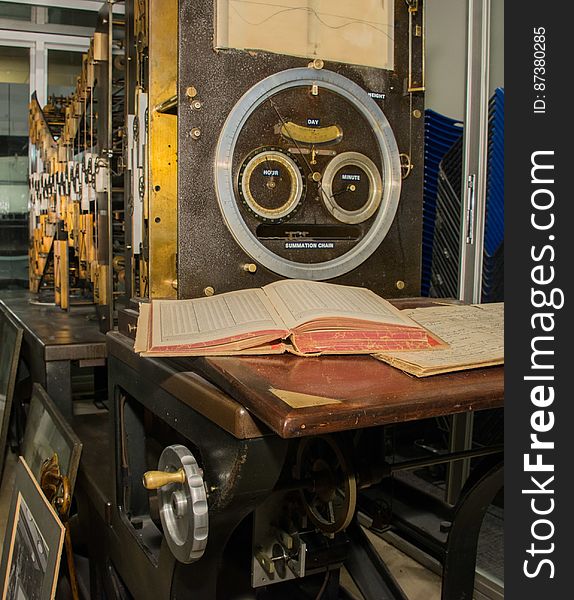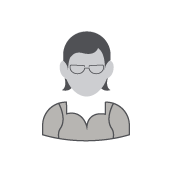
You can use this free image under the Creative Commons Zero (CC0) public domain license. Support our free section by adding a credit line next to the photo in your design. A suggestion is provided under the title.
Tide Predicting Machine No. 2 &x28;&x22;Old Brass Brains&x22;&x29;
Tide Predicting Machine No. 2 is a special purpose mechanical analog computer for predicting the height and time of high and low tides. When the machine was routinely used, the operator would sit at the desk and turn the crank on the left, which powered the machine. Mechanical components, partially visible on the left, computed the height of tides. These were displayed on the paper tide curve visible at the top right and on the dial below the paper. The U.S. government used Tide Predicting Machine No. 2 from 1910 to 1965 to predict tides for ports around the world. The machine, also known as “Old Brass Brains,†uses an intricate arrangement of gears, pulleys, chains, slides, and other mechanical components to perform the computations. A person using the machine would require 2-3 days to compute a year’s tides at one location. A person performing the same calculations by hand would require hundreds of days to perform the work. The machine is 10.8 feet (3.3 m) long, 6.2 feet (1.9 m) high, and 2.0 feet (0.61 m) wide and weighs approximately 2,500 pounds (1134 kg). The operator powers the machine with a hand crank. The National Oceanic and Atmospheric Administration (NOAA) occasionally displays the machine at its facility in Silver Spring, Maryland.
© publicdomainstockphotos | Stock Free Images


